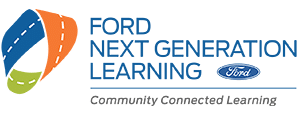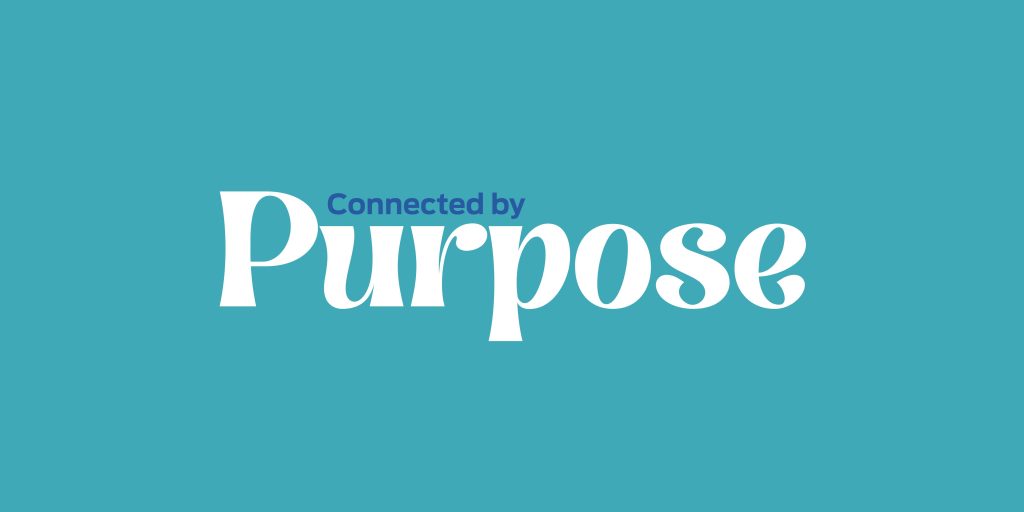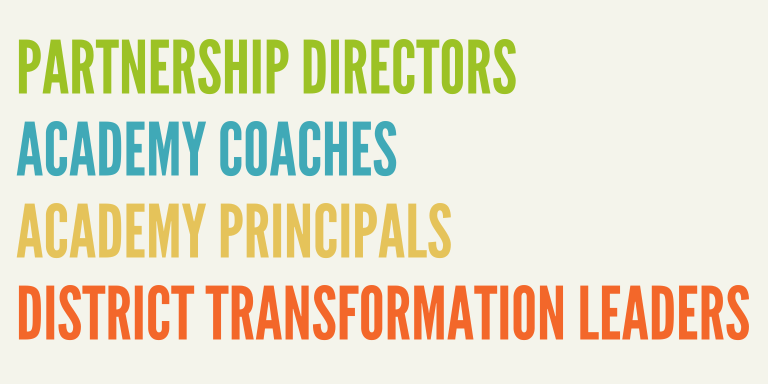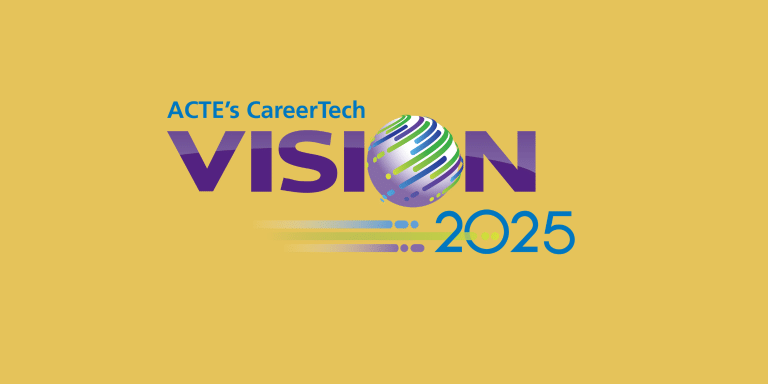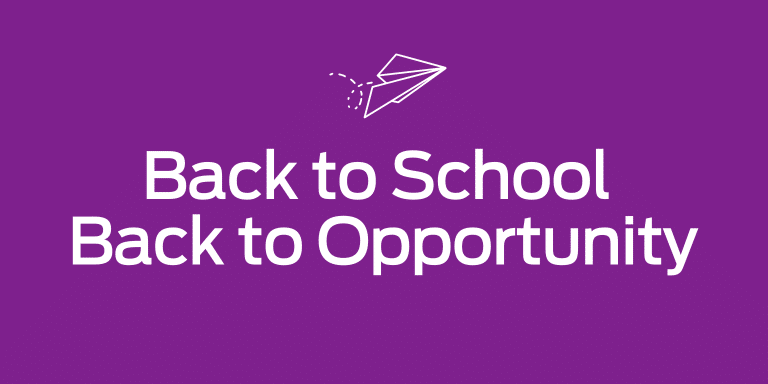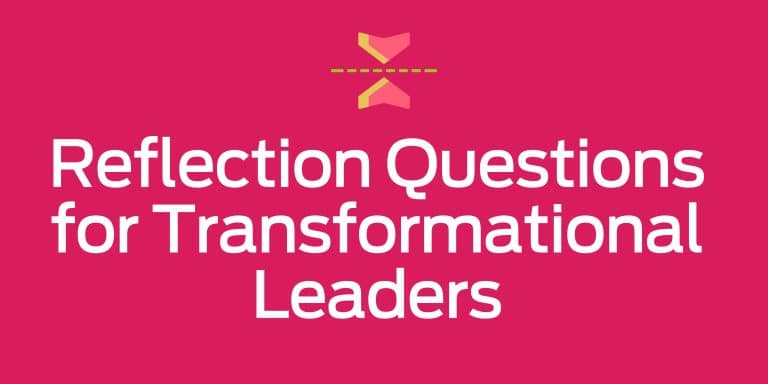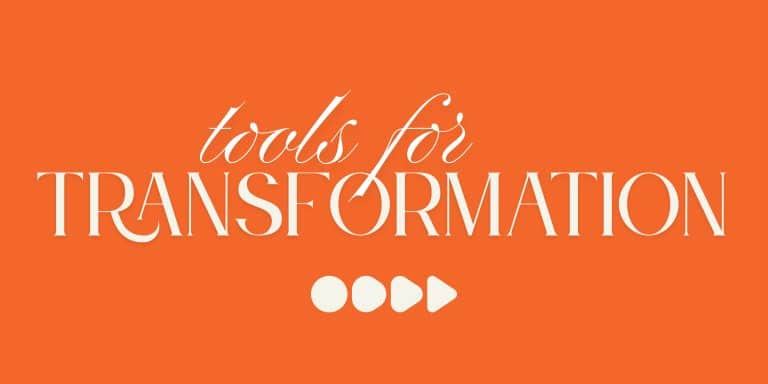When thirty educational leaders from Aberdeen City and Aberdeenshire, Scotland, arrived in metropolitan Detroit this spring, they weren’t just touring schools. They were stepping into a movement.
Sponsored by The Wood Foundation and guided by Ford Next Generation Learning (Ford NGL), the weeklong study visit centered on Romeo Community Schools, a flagship Ford NGL community, and extended into Detroit’s broader talent ecosystem, including Michigan Central, an innovation district reimagining the future of mobility and workforce development. For the Scottish delegation, it was an immersive opportunity to witness education that’s not only preparing students for college and career, but doing so hand-in-hand with community and industry.
And that’s the power of the Ford NGL network. It connects people, places, and ideas across borders, geographic, political, and institutional, to drive community-connected transformation that’s scalable, sustainable, and deeply human.
Rooted in Community, Designed for the World
Romeo, Michigan, may be a one-high-school town, but it’s become an international model of education transformation. That wasn’t always the case. As Ford NGL Coach and Romeo native Scott Palmer shared, “I remember every anti-academy conversation I overheard in the grocery store, every negative comment from staff not willing to change… But we had a core group of education, government, business, community, and parent leaders who shared the vision of going from good to great.”
Ten years later, that vision is a lived reality. Through the Academies at Romeo High School and Romeo Middle School, students now experience career-connected learning, real-world exploration, and a strong sense of ownership over their educational journey. It’s not just about coursework, it’s about confidence, purpose, and possibilities.
And when those Scottish educators saw it for themselves? “It felt like watching your young kids open presents from Santa Claus,” Scott recalled. “The look of amazement on their faces—it was a moment I’ll never forget.”
Global Collaboration, Local Impact
For Romeo’s leadership team, the visit wasn’t just about showcasing progress; it was about reciprocation and reflection.
“We’ve visited places like Nashville and Akron to learn from them,” said Romeo’s Assistant Superintendent for Academic Services, Jennifer McFarlane and Superintendent, Todd Robinson. “Now it feels like our turn to give back.” They were particularly moved by their own middle schoolers’ pride as they presented to the Scottish guests. “The energy and validation of our work at both schools will hopefully continue to propel us forward,” they shared.
This kind of international collaboration is a hallmark of the Ford NGL network: creating a two-way street of learning where every community, no matter how large or small, has something to teach and something to gain.
Innovation Lives Here
Beyond Romeo, the delegation also explored Detroit’s growing innovation economy. At Michigan Central, Associate Director of Talent Development and Programming, Janelle Arbuckle-Michael, a Ford NGL supporter with a background in economic development, explained how career pathways in mobility and tech are being built in real time.
“As I watched the group experience the innovative work happening at Michigan Central,” Janelle said, “I felt the most powerful takeaway for them, both professionally and personally, was the realization that meaningful partnerships between industry and education are possible. While the physical space is impressive, the real magic lies in the collaborative ecosystem we’ve created between Michigan Central and our dedicated educators.”
Many of the Scottish visitors came with a historical view of Detroit rooted in the automotive industry. Seeing firsthand how the city is now reimagining itself as a hub for innovation and youth opportunity was transformative.
“I believe this experience will change the way they approach education back home by inspiring them to actively seek out and cultivate partnerships with local industries—even if those industries aren’t immediately obvious,” she continued. “They’ll begin to see that collaboration doesn’t require a designated innovation district. There are people in their own backyards who are eager to engage. Industry involvement can fill critical gaps in the curriculum and create real-world learning experiences that prepare students for the evolving world of work.”
Learning from the Past to Build the Future
The Scottish delegation also experienced the rich educational programming of The Henry Ford through visits to the Ford Rouge Factory and the Henry Ford Museum of American Innovation. These stops weren’t just about history; they were about building mindsets.
“As Manager of Educator Engagement and Professional Development,” said Olivia Marsh, “my job is to help educators make sense of the varied collections that The Henry Ford houses and make them relevant for students today. It’s more than just showing educators that resources exist; it’s about demonstrating that through self-reflection and perseverance, we can all become better innovators and humans.”
She hopes educators walk away with ideas they can bring back to their classrooms and that their students will, in turn, discover something new about themselves. “Their enthusiasm and curiosity impacted me deeply. I developed such respect for this group in just a few hours and was inspired by what they are doing to shift traditional schooling.”
Amanda Hayes, Head of Corporate Partnerships at The Henry Ford, emphasized the power of shared learning: “This collaboration with Ford NGL allowed us to introduce our collections, innovation learning framework, and resources to a new, international audience. Even more significantly, we gained perspective on the systems, structures, and challenges our Scottish friends are navigating. It was an honor to support the Ford NGL team and exciting to think about how the work we’re doing here can impact students in Scotland.”
Henry Ford’s model aligns closely with workforce development trends by building students’ innovative capacities. Through stories of pioneers like Rosa Parks and the Wright brothers, educators can teach critical habits like collaboration, empathy, and learning from failure, skills that span every industry and career path.
At the Ford Rouge Factory, the group saw firsthand that manufacturing isn’t just robotics and automation. “The Rouge shows the importance of human beings in quality control, problem solving, and process improvement,” Amanda added. “We still need people who can think critically, ask better questions, and work with empathy. That’s the workforce of the future.”
A Movement, Not a Moment
Throughout the visit, one idea became crystal clear: Ford NGL is not a one-size-fits-all program. It’s a framework. A mindset. A movement.
It supports communities in designing education that reflects their unique strengths, challenges, and dreams, while grounding them in a national (and now international) network of innovators, doers, and believers.
“This week was about stretching thinking and showing what’s possible,” Scott reflected. “We asked them to ‘Think Different, Lead Different, Teach Different, so pupils will Leave Different.’ That’s the Ford NGL way.”
What Happens Next
This visit sparked new ideas and renewed energy for both the Scottish educators and their American hosts. But the real story will unfold in the months and years to come, as new partnerships form, new programs launch, and the ripple effects of collaboration continue to spread.
Because in the Ford NGL network, transformation isn’t a one-time event. It’s a shared journey, and everyone is invited.
A heartfelt thank you to Amanda, Janelle, Jennifer, Olivia, Scott and Todd for sharing your reflections, your time, and your dedication to this work. Your voices and leadership helped bring this story and this experience to life.
We’re also incredibly grateful to our Scottish delegation for their openness, curiosity, and commitment to reimagining education in their communities. Your visit reminded us that while our contexts may differ, our shared belief in the power of young people and the educators who support them transcends borders. Thank you for being part of this journey.
